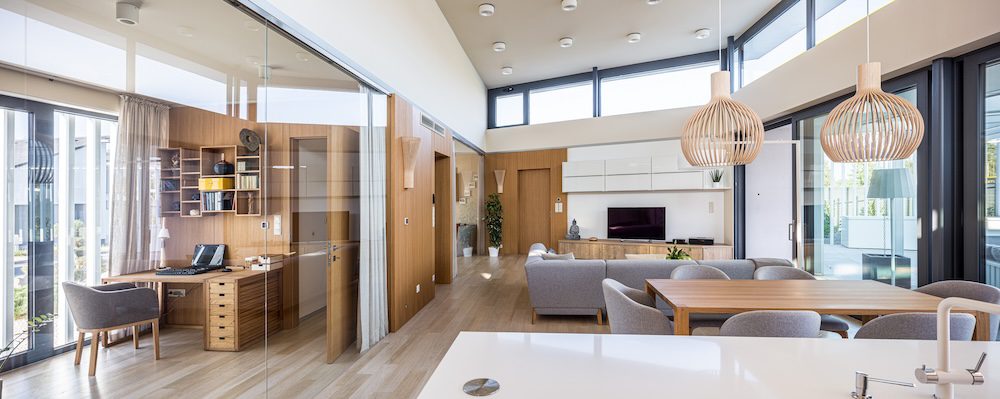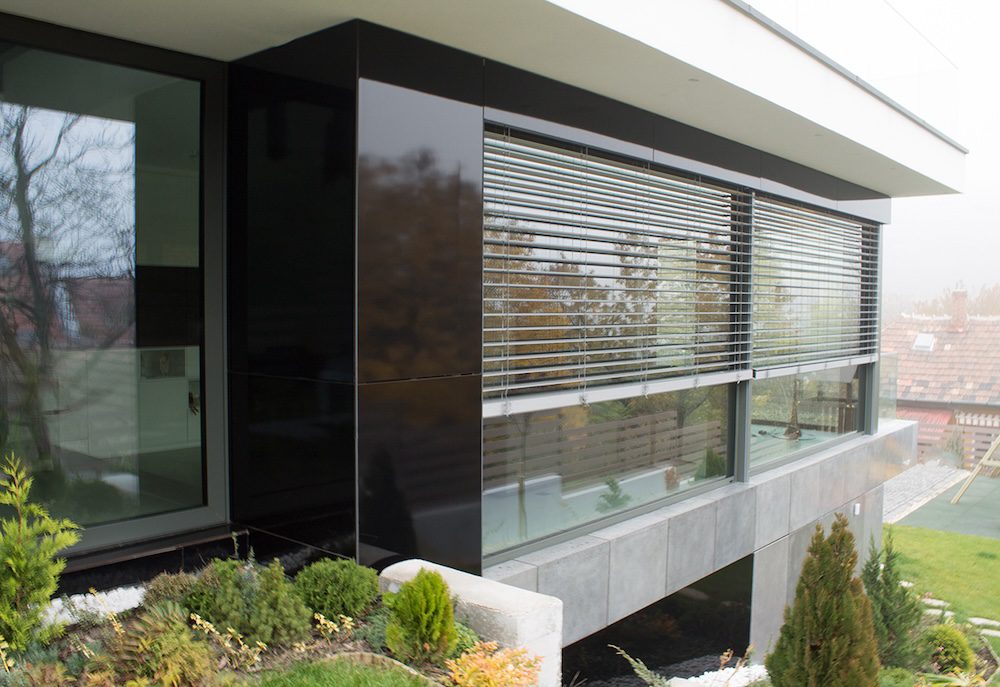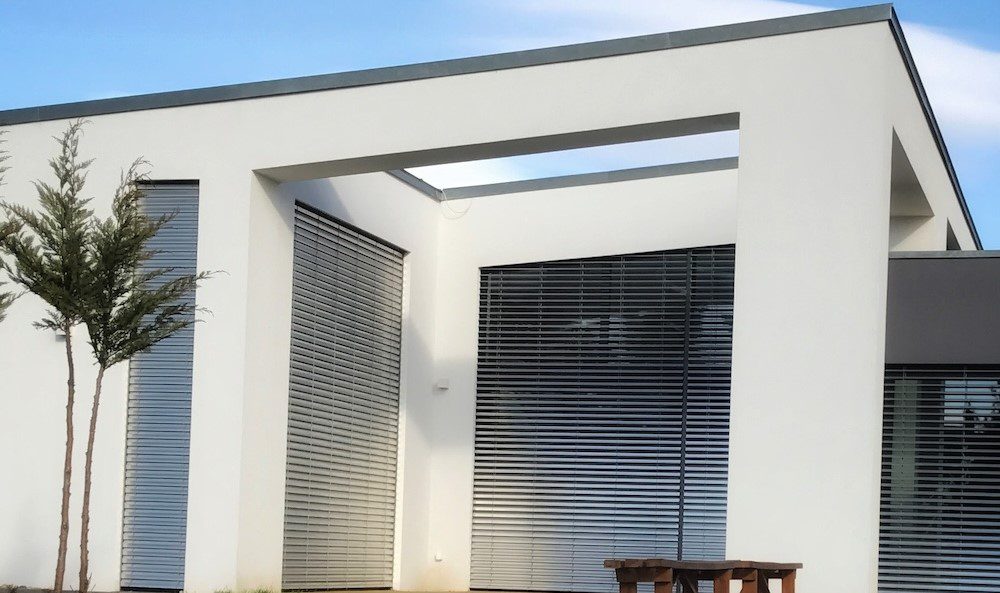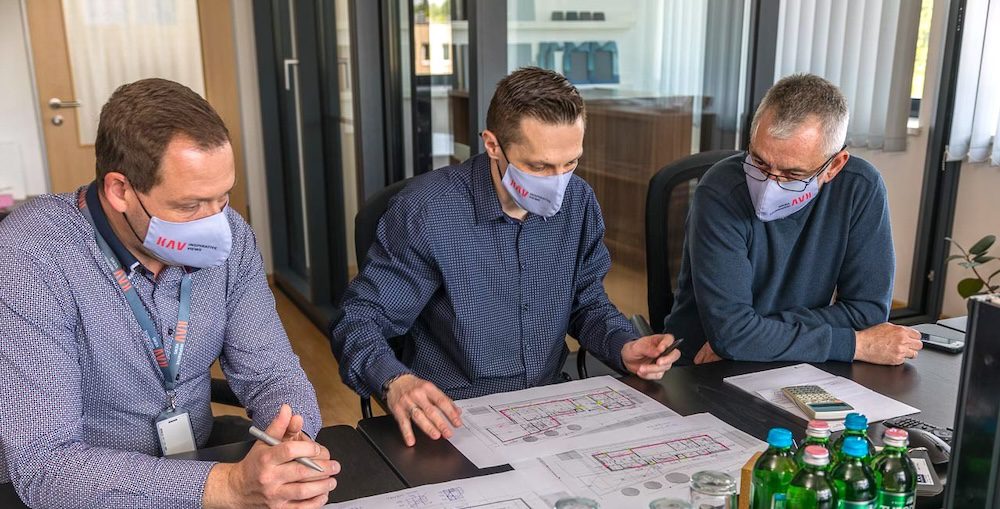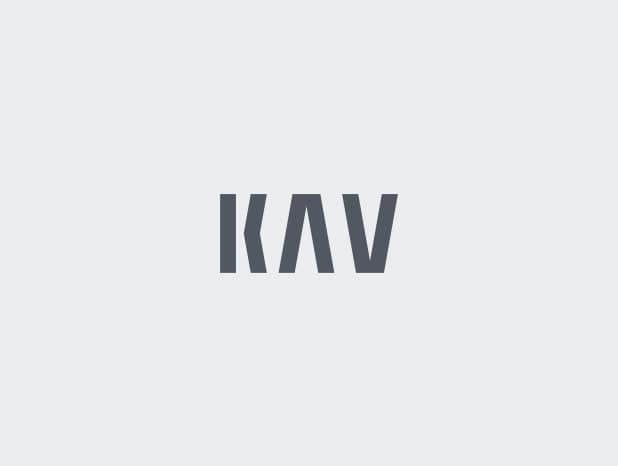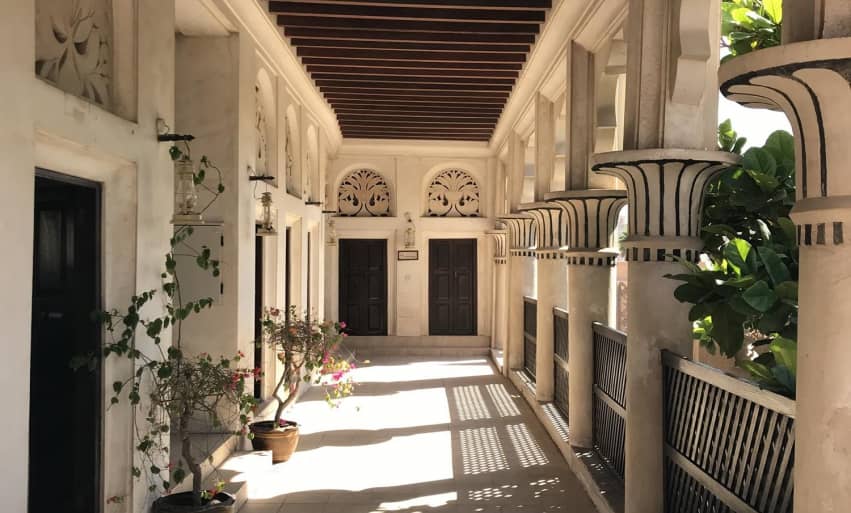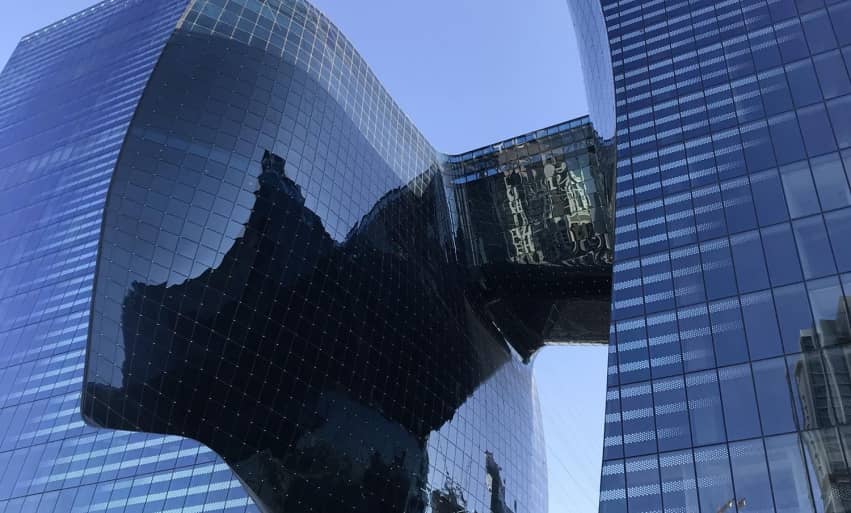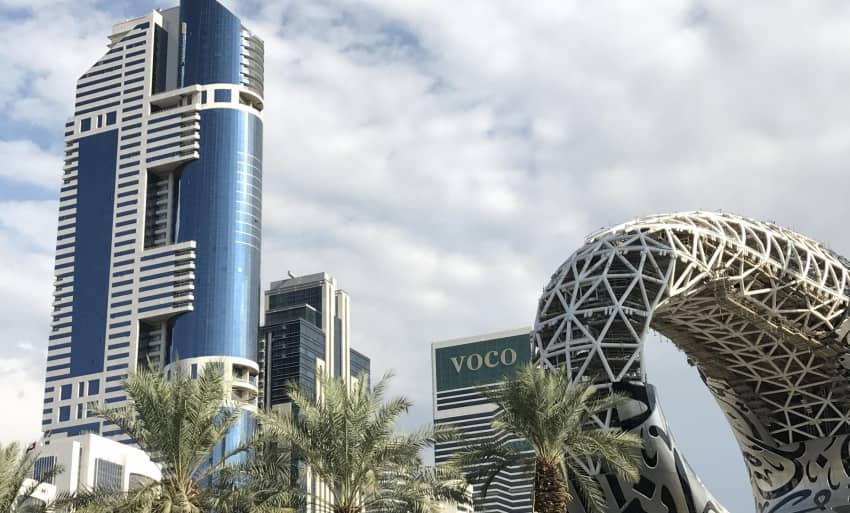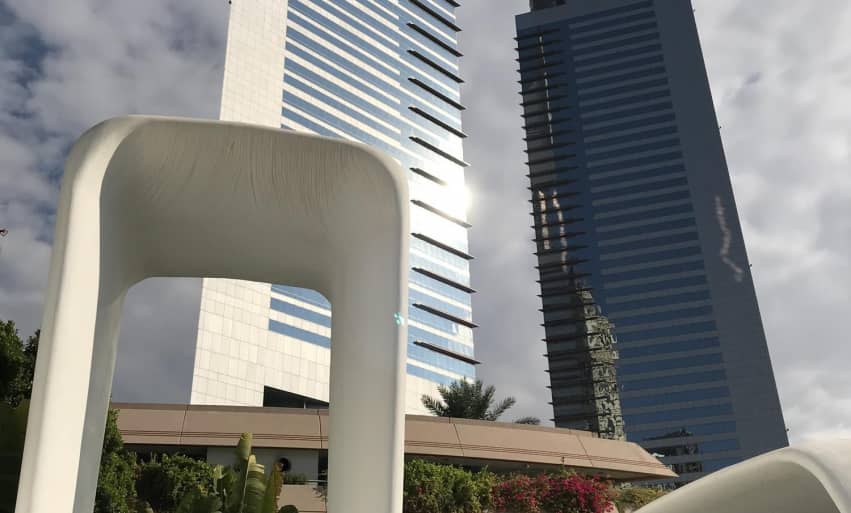Dubai, the city of superlatives

Dubai is now the world’s fastest-growing city; one that was built up over several decades, almost from scratch. Here you will find the world’s tallest building, the Burj Khalifa, 828 metres high; its airport is often called the most dynamic and artificial islands and breath-taking architectural structures attract millions of tourists to the city every year. The continuously growing Dubai will also be the venue for the 2020 Expo. This year, the professional path of the 20-year-old professional association, ALUTA, led to this metropolis presenting innovative architectural trends.
Dubai is of one of the most important sites for urbanisation, tall housing construction, aluminium facade technology and the continuous renewal of building culture. Organised by the ALUTA Association, 40 Hungarian professionals visited and analysed the most important buildings of the city over four and a half days. The unthinkable progress amazed everyone. After all, where in the sixties there was almost just desert, now stands a bustling metropolis. It is interesting that no building materials were available locally in the area. However, in the 20th century, with British assistance, they could convince the tribes living in the area to join forces; then, after the British withdrawal and long negotiations, the United Arab Emirates was founded – that is the alliance of countries – and in this way progress could start along a common structure. Revenues from oil in Dubai, which are only one-tenth of Abu Dhabi’s oil revenues(which is also in the same community), are reinvested into the city’s development with the operative help of the sheik and, under central government control, a 10-30 year long urban development plan has been created, thanks to which developments unique in the world have started. They have not foregone the unrepeatable opportunity to use oil revenues as a springboard to develop an industry and economy, alongside the unique tourism generating it, upon which many generations will be able to build, ensuring security and background for the citizens of the future. It is a good example of the central will and forward thinking that, when they won the right to host the Expo back in 2013, they very quickly transformed the urban development plans. As a result, a year before the World Expo, almost every component of the infrastructure is ready, including the subway, significantly extended to the Expo site, which everyone initially considered superfluous, and is now used by half a million people; or the highways that cross the desert, along which villa parks and apartment buildings have been built. The progress is so tangible that we had the feeling that the city had expanded even during the four days we spent there.
Dubai is trying to take advantage of the benefits that they have invented and created for themselves. For example, their airport, envisaged as a transportation hub, hosts 85 million people each year, of which a large percentage are in transit, since Asian, American and Australian destinations are conveniently accessible from here. Even so, they are able to provide hotels, offices, service units and luxury services of an appropriate infrastructural quantity and quality for it. Their office and residential developments strongly point in one direction: they envisage a one to two year return on investment in real estate investments. The buildings are built to a high standard, mostly by Indian and Pakistani migrant workers who earn in Dubai roughly ten times their local salary. Currently, only nine percent of the city’s population are indigenous; the three million people living there are members of about 200 various nationalities. Dubai forms a kind of island amongst the neighbouring countries, as many hostile ethnic groups live there in peace with each other, all without leaving behind their own customs. And the service could agree on a common denominator for the construction culture that everyone is able to accept. The engineering solutions are unique inasmuch as the most everyday devices, such as toilets and showers, are built with solutions that are totally appropriate for an Asian, an African, an American or a European person. They all contribute to the fact that anyone can feel at home in Dubai.
Because of the one to two year return, price levels must be maintained, despite the fact that all building materials are imported into the country. Although they have an aluminium industry, it nevertheless also uses imported raw materials. Due to the local conditions, the prime contractor sector operates in a completely different manner than in Europe, and its philosophies on using building materials are also different. There are no classic private general contractor companies; skyscrapers and large buildings are built based on the investment of state-owned companies; raw material procurement and installation is also done in a controlled manner. They don’t admit any individual foreign companies without at least 51 percent local ownership; this is done many times with the involvement of Dubai sponsors, as they are called. Multinational companies may therefore only be present in free trade areas, subject to special and strict regulation.
In the area of building material use, no-one can spend more than they need, not even by one Dirham. Facades are built, for example, not by thinking of profile-scales specified by the manufacturer, but they order the manufacturing of tailor-made custom elements for the sake of building a project, taking into account the specific wind load and meteorological stress. As a result, they save a lot on raw material imports; on other hand, they have slowly started to manufacture products that require a lot of manpower locally because it is more profitable. The presence of Pakistani and Indian guest workers provides human resources and their wages are at a similar level as those of the European workforce. It is interesting in the summer they build during the night because of 48 to 50 degrees daytime heat, while in the winter season workers work in construction sites often 24/7, in two 12-hour shifts.
Being special always appears as an important criterion in the design of tall buildings. No two identical skyscrapers, office buildings or facades may be seen. The supporting structure of tall buildings is built of reinforced concrete and steel, and the lower ones also of concrete or masonry infilling elements. In skyscrapers, a glass facade is always displayed with special, unique solutions, which allow the house to be remembered. The largest architect firms are also present, including Foster + Partners; and amongst the buildings we can mention The Opus, built on the basis of the designs of Zaha Hadid, on which a world unique facade solution appears: the twin towers are combined through an irregular cube, thanks to which a non-figurative hole appears between the interconnected building masses. The world’s current tallest building, the Burj Khalifa serves as a lesson for the professionals in the way in which premium and simpler solutions have been combined (for example at the nodes, so that they seem to be the highest quality); and then a new 1,300-metre skyscraper is planned, which will set up a new record.
The water supply is unique in that skyscrapers tare built with engineering floors, usually every 20th or 30th floor, that operate as water towers, and drinking water is pumped further up in this way. In addition, there are no water towers in residential areas because they did not want to destroy the view, and hence water pressure is low everywhere. To solve this, custom-fitted water pumps are installed in single family homes – often on the roof, completely hidden. Two highlights of the water saving are that no twist taps may be seen in high-traffic washrooms, infrared sensors are installed almost everywhere, while black water is cleaned by biological treatment and the resulting grey water is used in public areas for irrigation, after adding nutrients. Irrigation, which could create a living green ecosystem in the middle of the desert, has a separate network. Buildings are typically over-cooled, which often seems to be a waste of energy for Europeans, for example, when cars are parked in the underground garage with the engine running for the duration of a shopping trip of up to one and a half hours, to have the A/C constantly operated. The amazing amount of energy needed in the city is currently obtained primarily from natural gas-operated power plants and a nuclear power plant is now under construction, which can supply energy in the future to the constantly growing needs.
Dubai may send the message to professionals working in architecture that there is a demand for design, construction and maintenance of buildings of such quality, to which at home we always give a negative answer. Construction of buildings with completely individual designs can also be realised in large quantities. Here, every building is different from the others but this requires a very strong professional background, central support and control and will. And this ongoing construction brings along further and further economic benefits, which, as a mutually reinforcing and interlinked process, pumps money into the country around the clock. They build with much greater freedom, which from home seems to be amazing and which, however, is used in an extremely clever way. In a city where even the cell phone towers are disguised as palm trees.
MoreNews




